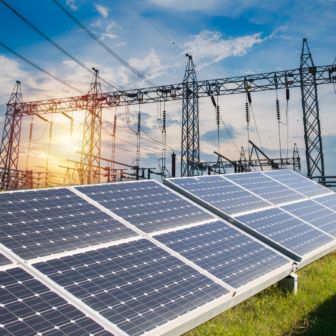This is my second post on the need for the Maryland Public Service Commission to reject transmission lines that would take coal burned in West Virginia, and transfer it into my state of Maryland as a source of power. You can find part 1 here. Today I have a column out in the Diamondback making the case against MAPP and PATH, and for offshore wind power. I also want to be sure to plug the rally against the power lines on December 1st at 1pm in Baltimore. You can find out additional information about the MAPP and PATH issue on the Maryland Sierra Club’s website.
MAPP and PATH: Time to draw the line
By Matt Dernoga
I have a minor suggestion for the utility companies. If you’re going to try to portray your attempts to build gigantic interstate transmission lines as a way to transfer renewable energy, don’t connect them to coal plants.
Coal power squared: That’s what Pepco Holdings Inc. is trying to sell us with the Mid-Atlantic Power Pathway, along with Allegheny Energy and American Electric Power pushing the Potomac Appalachian Transmission Highline. MAPP is 150 miles long and starts at a coal-powered plant in Virginia, which crosses into this state and ends in Delaware, racing across the Chesapeake Bay in the process. PATH is 275 miles long, starts at one of the nation’s largest and dirtiest coal-fired power plants in West Virginia and arrives in Kemptown, Md.
The motivation for both projects is pretty simple. The local electricity markets for these coal-fired power plants pay 6.63 cents a kilowatt hour in West Virginia and 9.1 cents in Virginia. There’s a considerable profit to be made by selling this power in a state such as Maryland, where the average market price is 13.45 cents a kilowatt hour.
I think that’s fine





